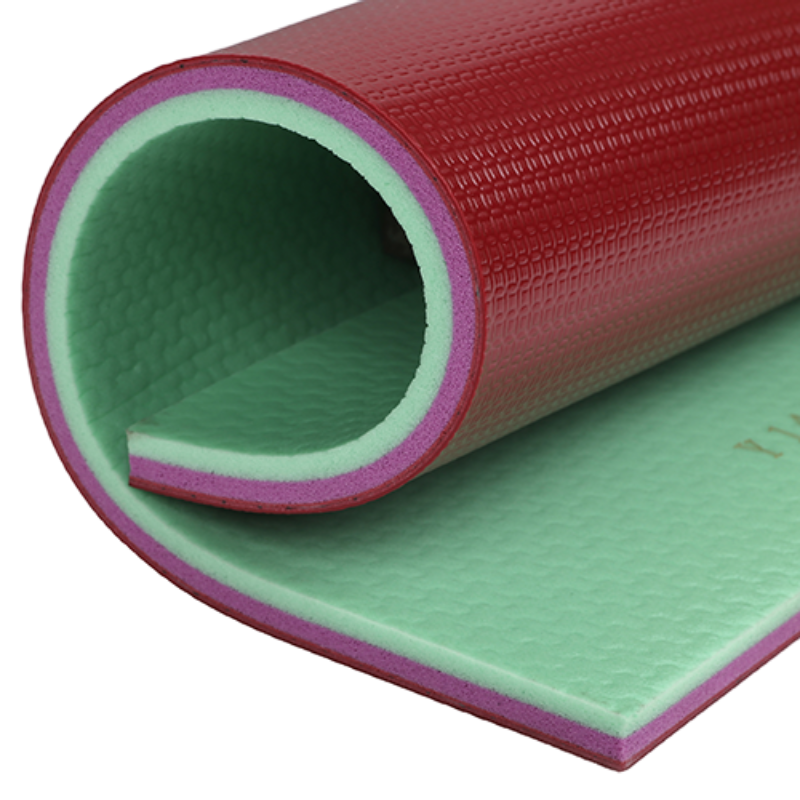Jan . 02, 2025 01:04 Back to list
running track flooring
The Importance of Flooring in Running Tracks Key Considerations for Optimal Performance
When it comes to the world of athletics, particularly track and field events, the type of flooring used in running tracks plays a vital role in the performance and safety of athletes. Whether you are designing a new track or upgrading an existing one, understanding the characteristics and benefits of various types of running track flooring is essential. In this article, we will explore the significance of track flooring, the different materials available, and the factors to consider when selecting the right surface.
Why Flooring Matters
The flooring of a running track significantly impacts an athlete's performance. The right surface can enhance speed, improve grip, and reduce the risk of injury. Athletes rely on the track for both competition and training, making it imperative to choose a flooring material that offers optimal performance qualities. Furthermore, the flooring affects the bounce and energy return during runs, which can have a profound effect on the athletes' efficiency and stamina.
Types of Running Track Flooring
1. Synthetic Surfaces Synthetic running tracks are made from a combination of rubber, polyurethane, and other materials that create a durable and resilient surface. These tracks are popular due to their excellent shock absorption, which helps to minimize the impact on athletes' joints. Moreover, synthetic surfaces typically provide consistent performance conditions regardless of weather, making them suitable for both amateur and professional athletics.
2. Cinder Tracks Historically, cinder tracks were a common choice due to their low cost and ease of installation. Made from compacted cinder or gravel, these tracks can provide a natural feel. However, they are less popular today because they require more maintenance, can become uneven over time, and do not offer the shock absorption found in synthetic surfaces.
3. Natural Grass While not a traditional option for running tracks, natural grass is sometimes used in multi-sport fields. It provides a softer surface, but it can be inconsistent in terms of performance. Grass tracks are also affected by weather conditions, making them less reliable for competitive events.
4. Polyurethane Tracks These are a subset of synthetic surfaces and offer excellent durability and performance metrics. They typically require less maintenance than cinder tracks and can withstand various weather conditions without significant degradation.
Considerations for Choosing Track Flooring
running track flooring

When selecting the right flooring for a running track, several factors should be taken into account
1. Athlete Safety Safety is paramount. The flooring must provide adequate grip to prevent slipping while also being cushioned enough to reduce impact stress on the joints.
2. Maintenance Different surfaces require varying levels of maintenance. Synthetic tracks may need occasional repairs but are generally easier to maintain than natural surfaces.
3. Weather Resistance Consider the climate in which the track will be located. Some materials may not perform well in extreme temperatures or wet conditions.
4. Cost Budget will always be a consideration. Investing in high-quality synthetic surfaces might have a higher initial cost but could save money in the long run due to lower maintenance needs and longer lifespan.
5. Intended Use Determine whether the track will be primarily for competition, training, or recreational use. Different surfaces may be better suited to specific types of use.
6. Accessibility and Inclusivity It's also essential to consider how the track will accommodate athletes of all levels, including those with disabilities. The surface must be easy to navigate for everyone.
Conclusion
In conclusion, the flooring of running tracks is a fundamental aspect of athletic performance. With various materials available, each offering unique benefits and challenges, it is critical to make an informed decision. Whether you are an athletic director planning a new facility or a coach looking to enhance training conditions, understanding the importance of running track flooring can lead to improved performance and reduced injuries for athletes. Take the time to carefully evaluate your choices based on safety, maintenance, environmental conditions, and intended use to ensure the best possible outcome for your running track.
-
Sport Court Tiles with AI Innovation | Durable & Safe
NewsAug.01,2025
-
Vinyl Carpet Flooring | Durable & Waterproof Design
NewsJul.31,2025
-
Premium Basketball Board Stand with GPT-4-Turbo AI
NewsJul.31,2025
-
Premium Maple Flooring for Gyms & Homes | PVC & Vinyl Options
NewsJul.30,2025
-
Premium Outdoor Basketball Court Tiles for All Weather Use
NewsJul.30,2025
-
Durable Basketball Board Stand for Indoor & Outdoor Use
NewsJul.29,2025

